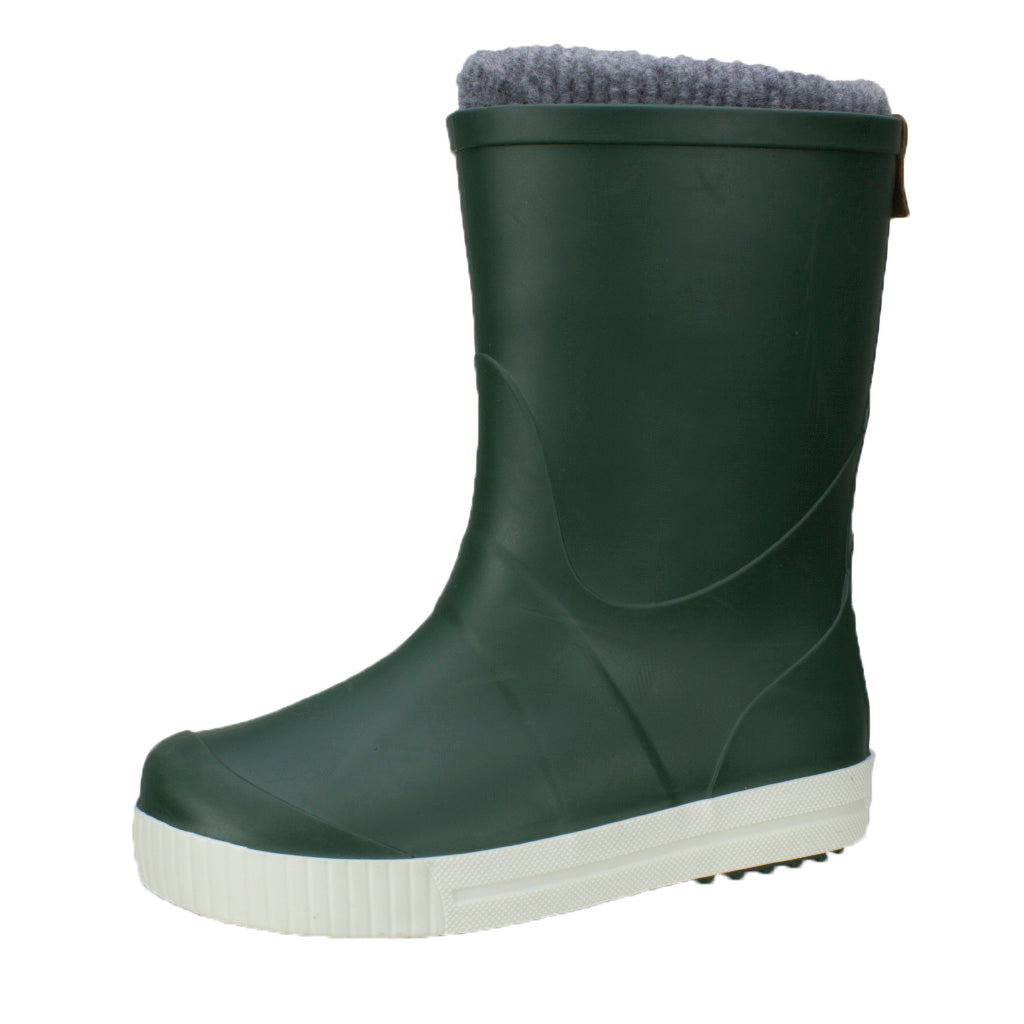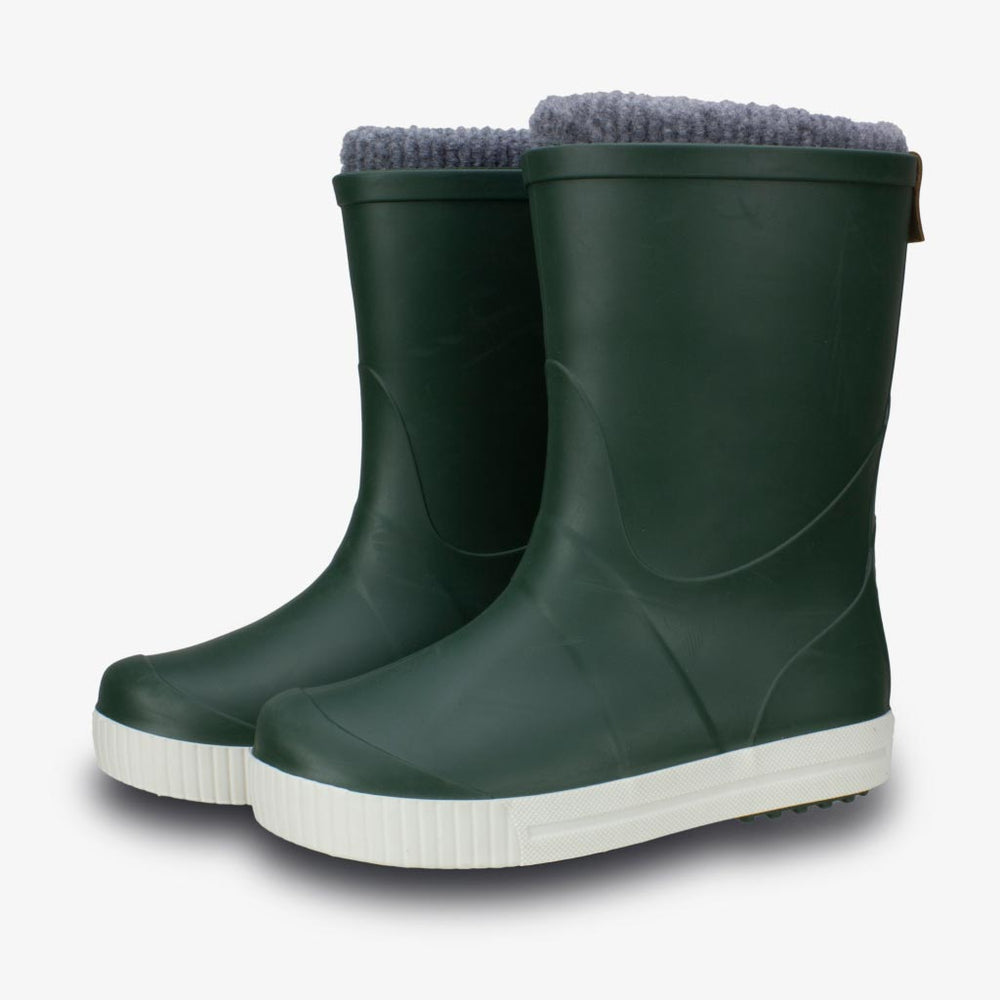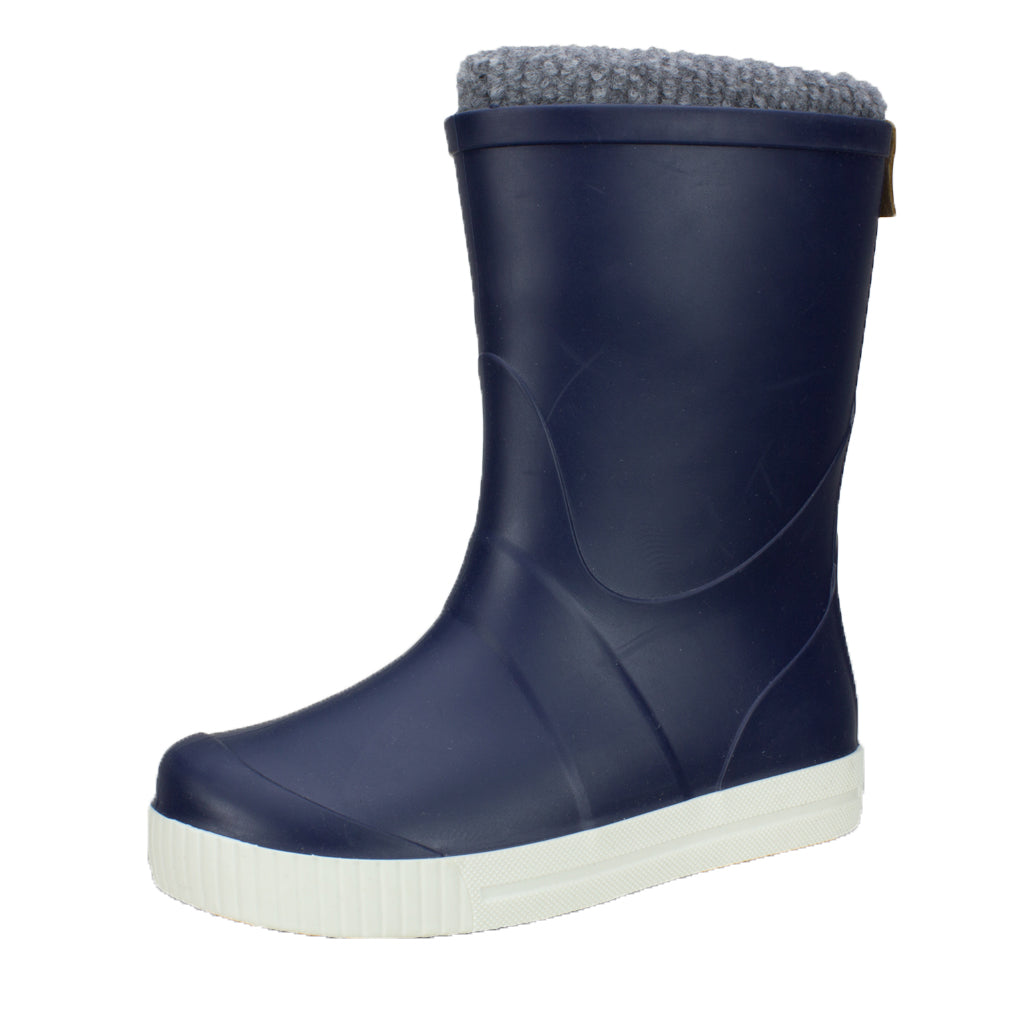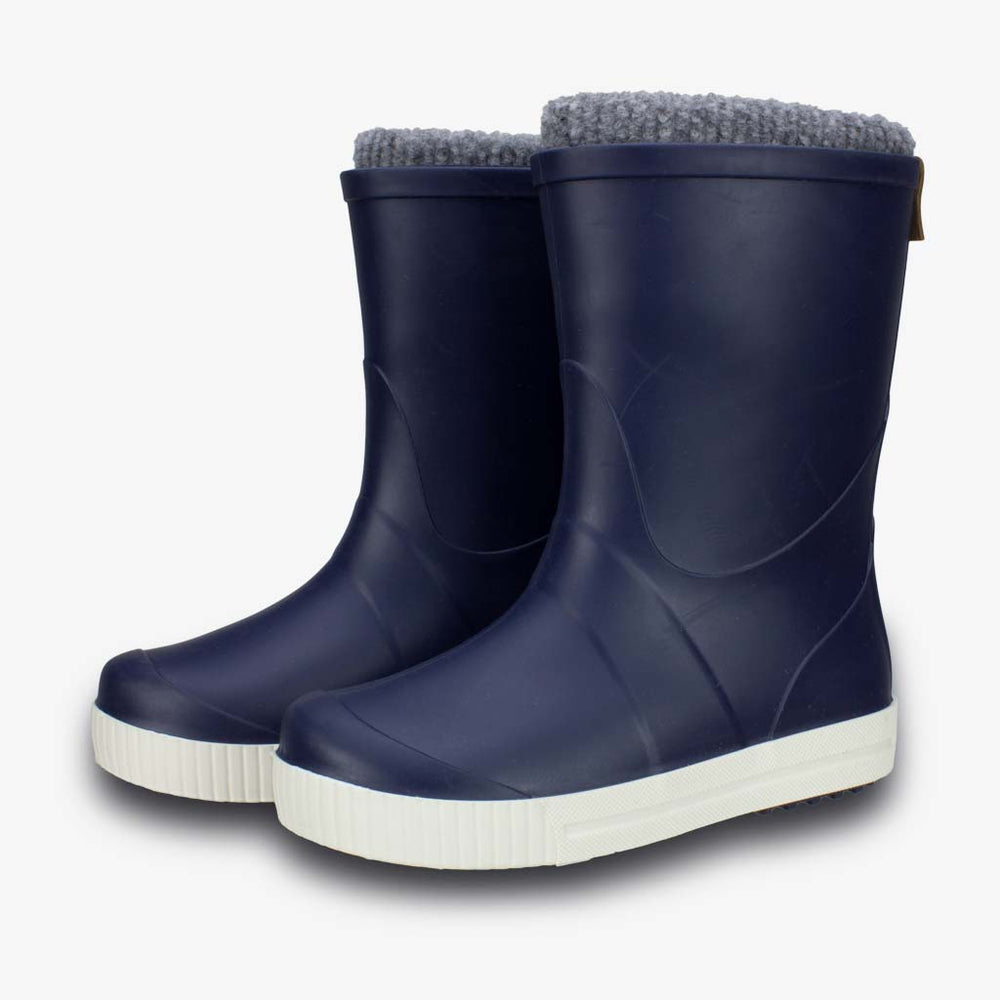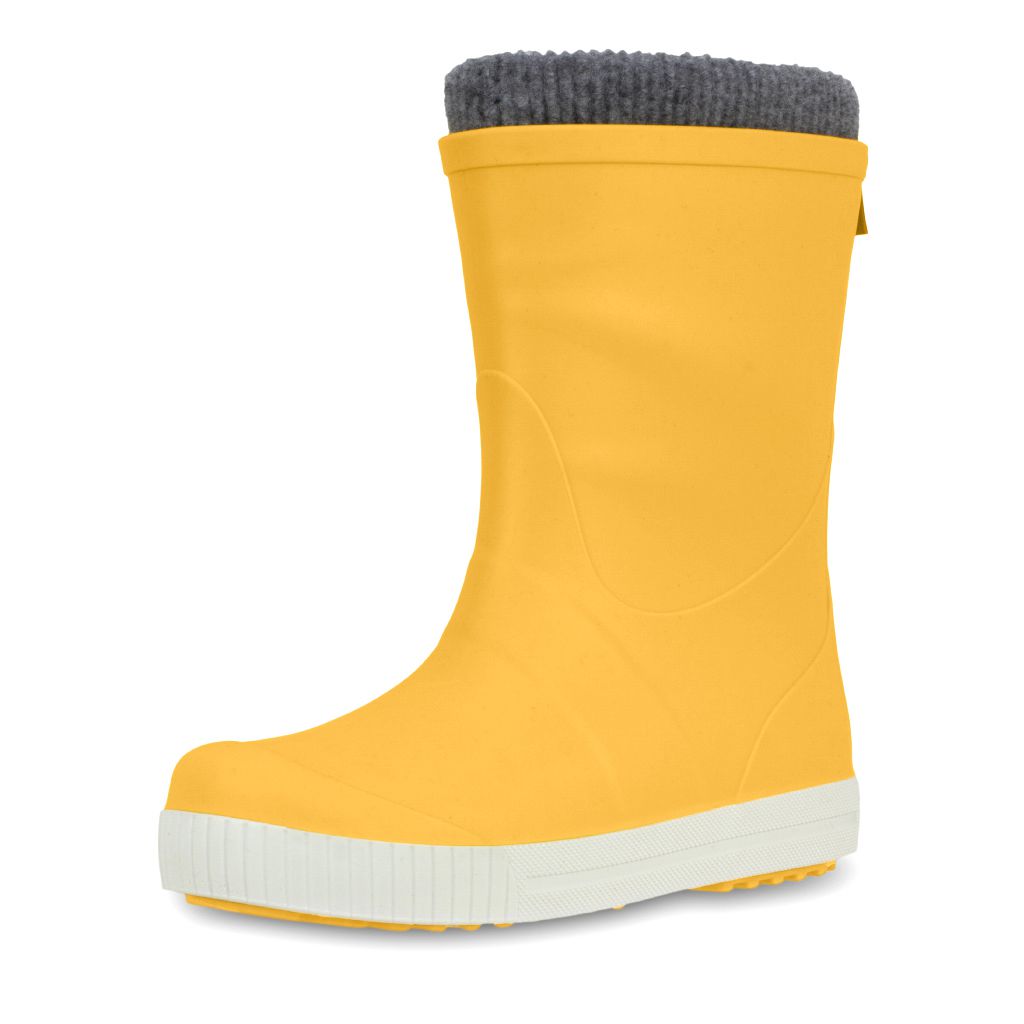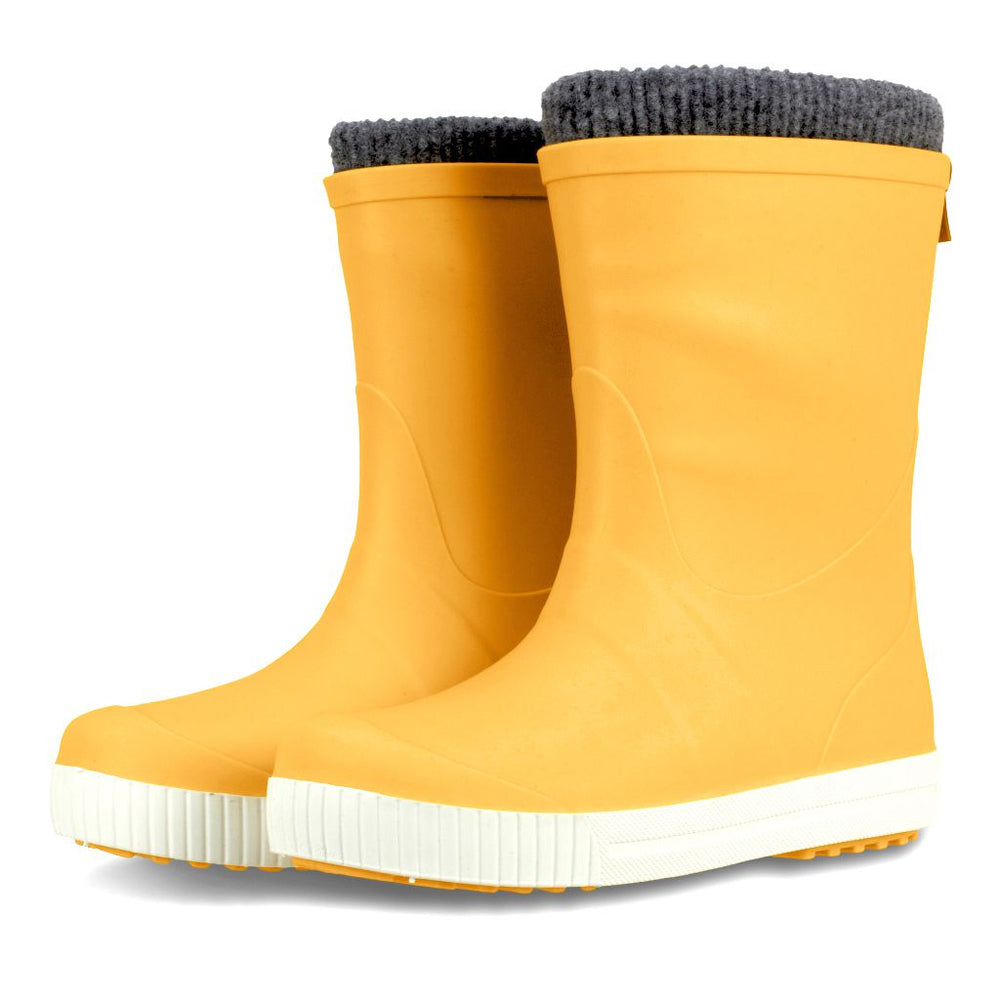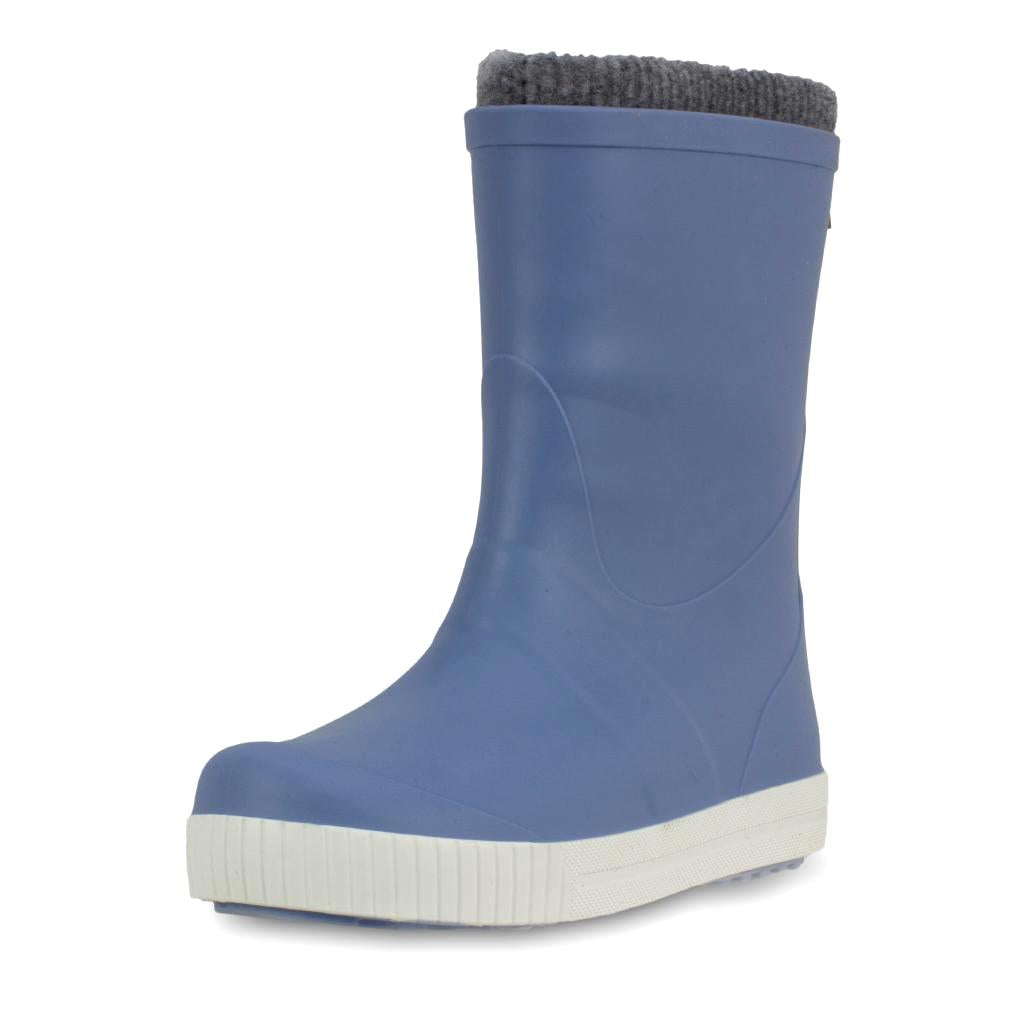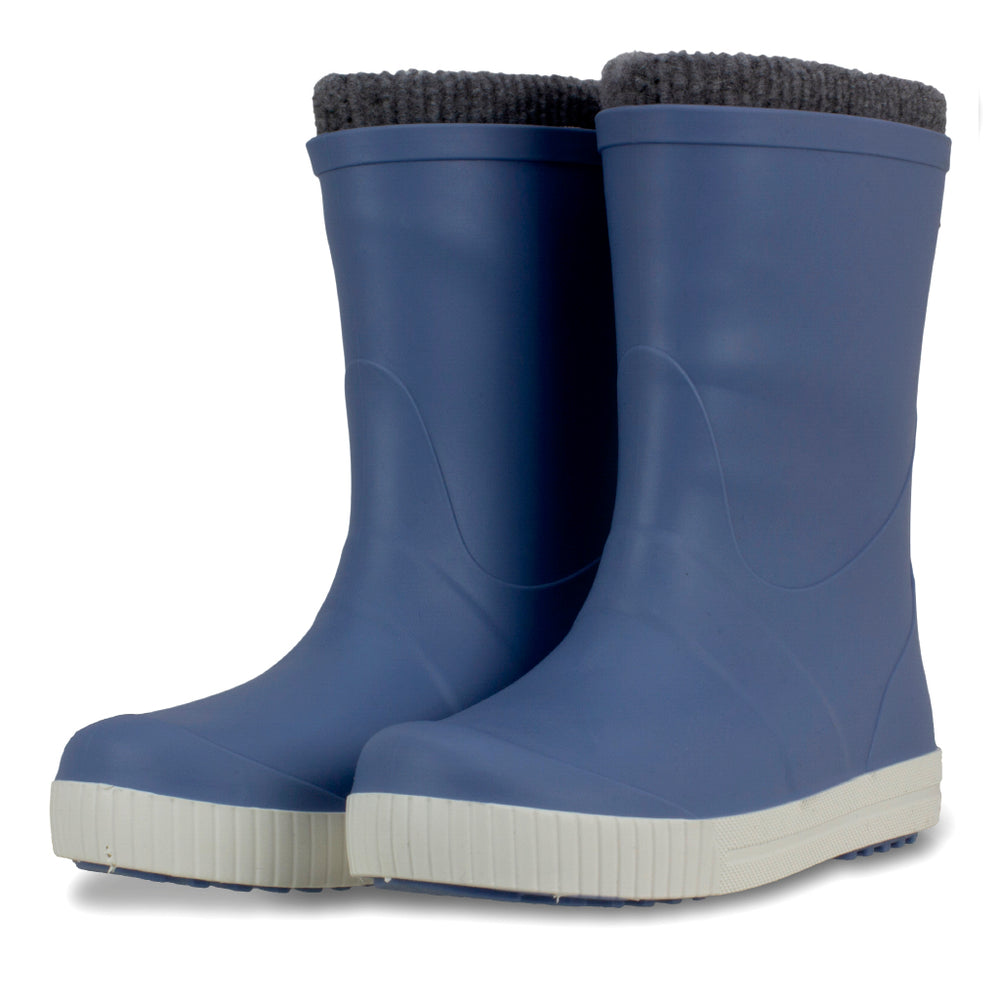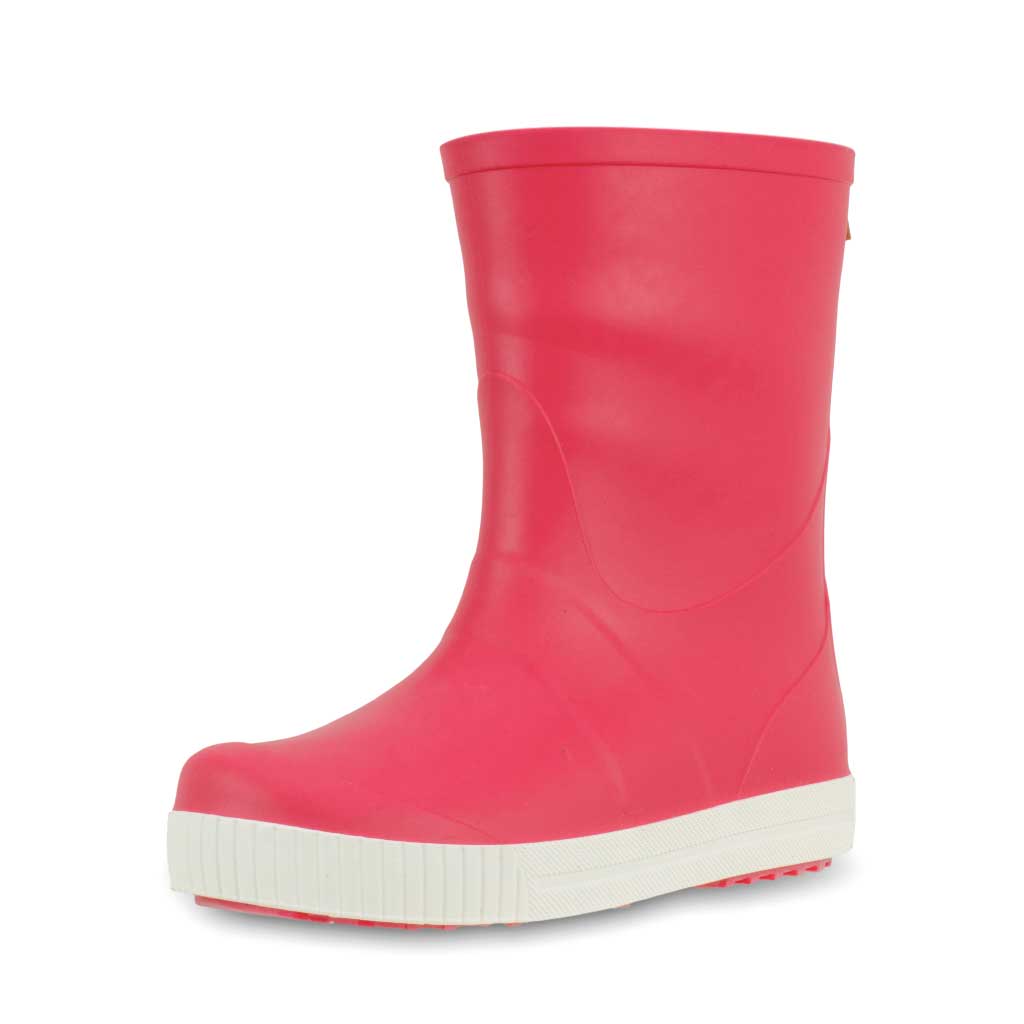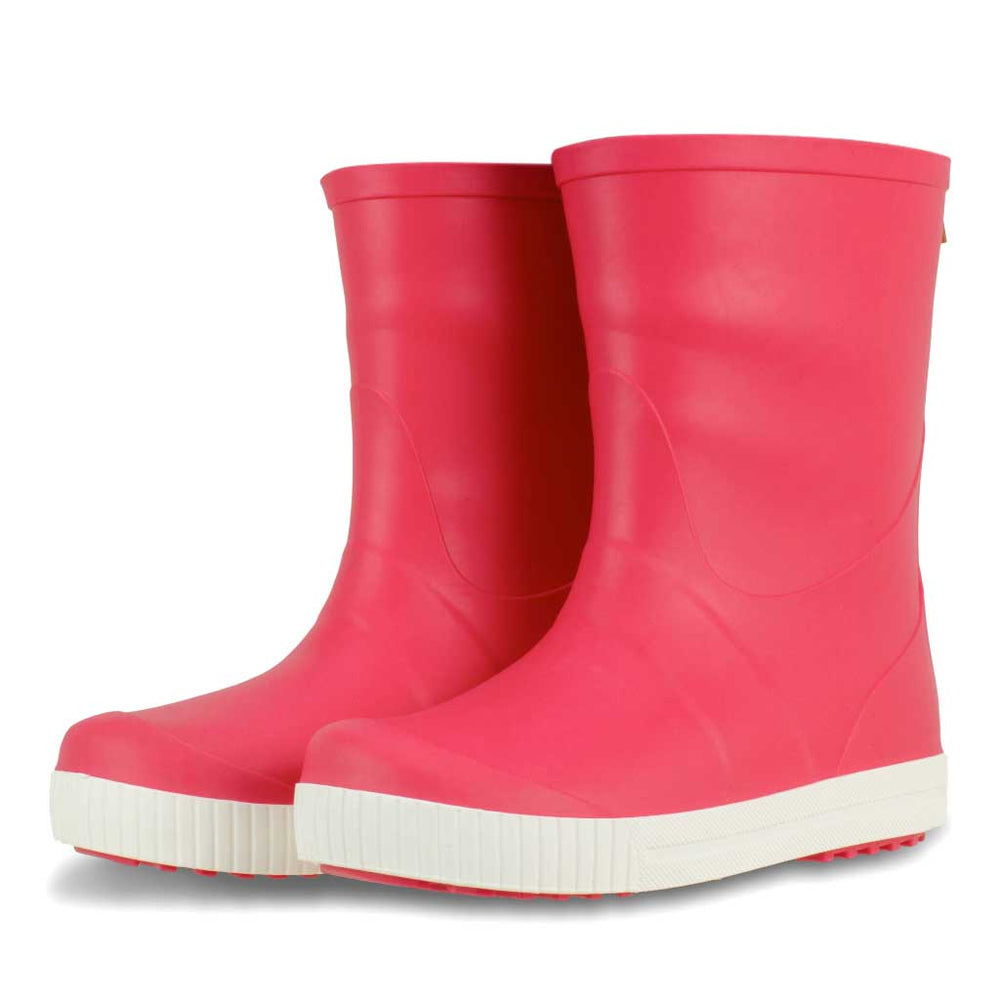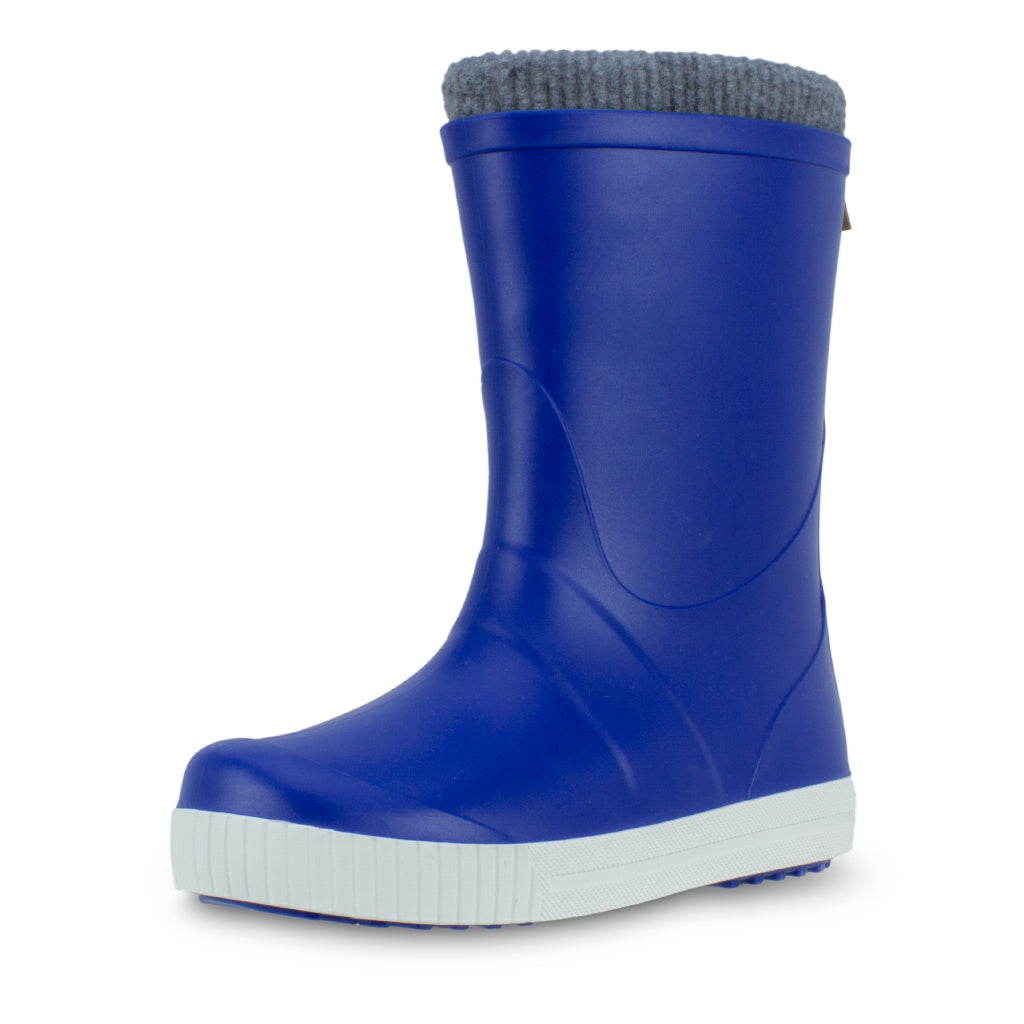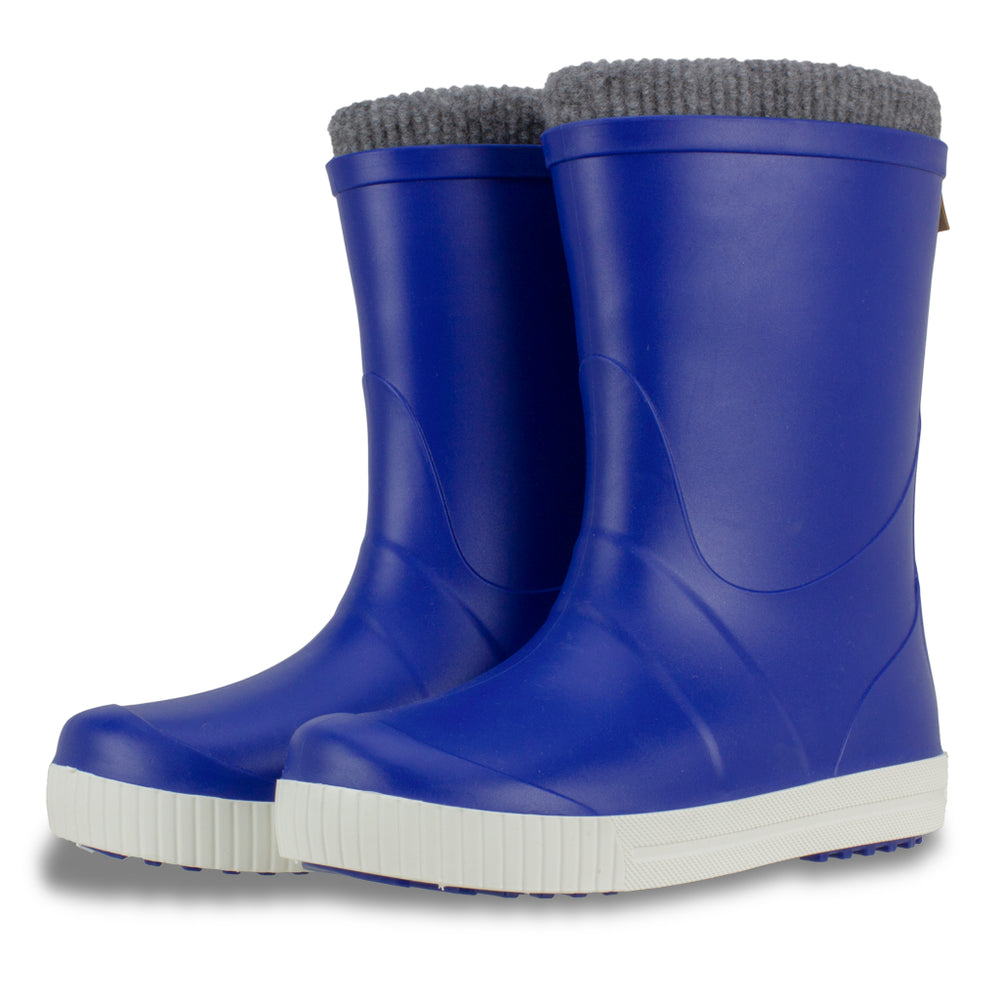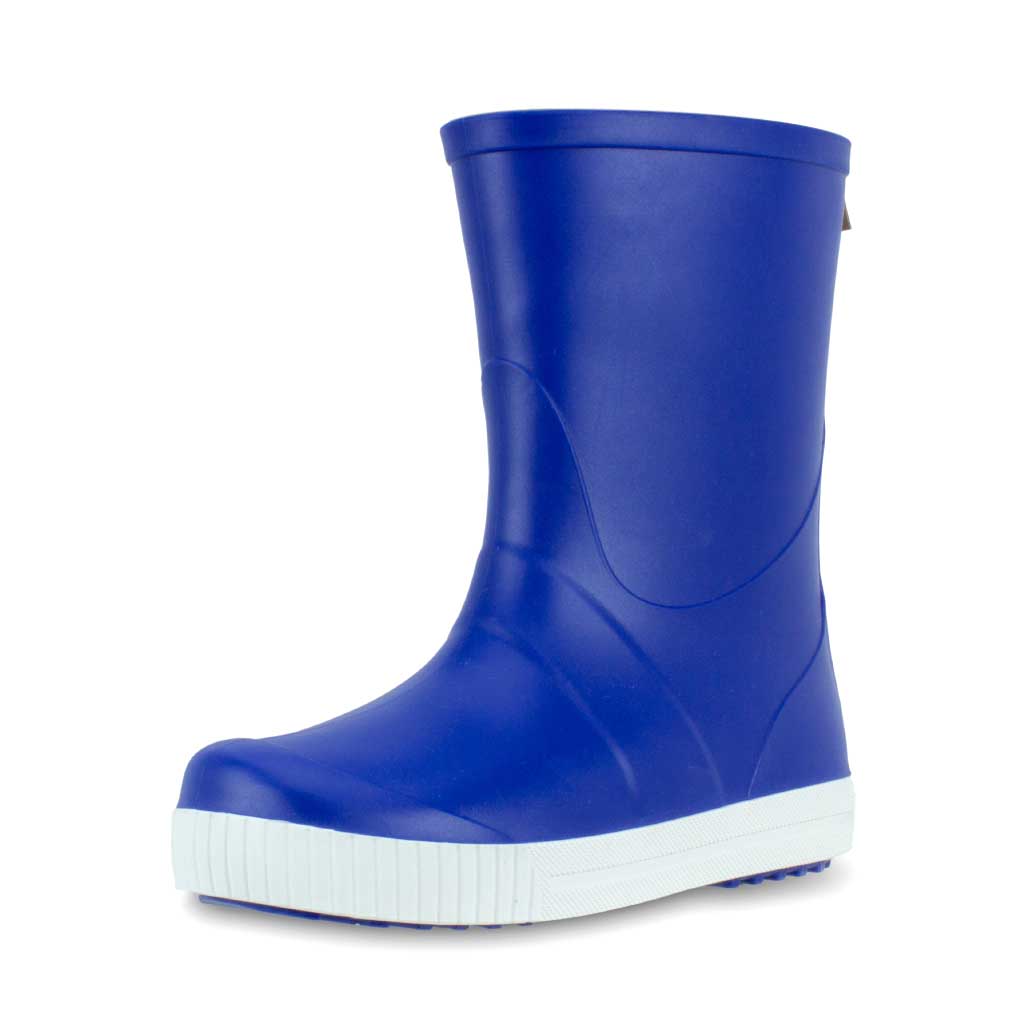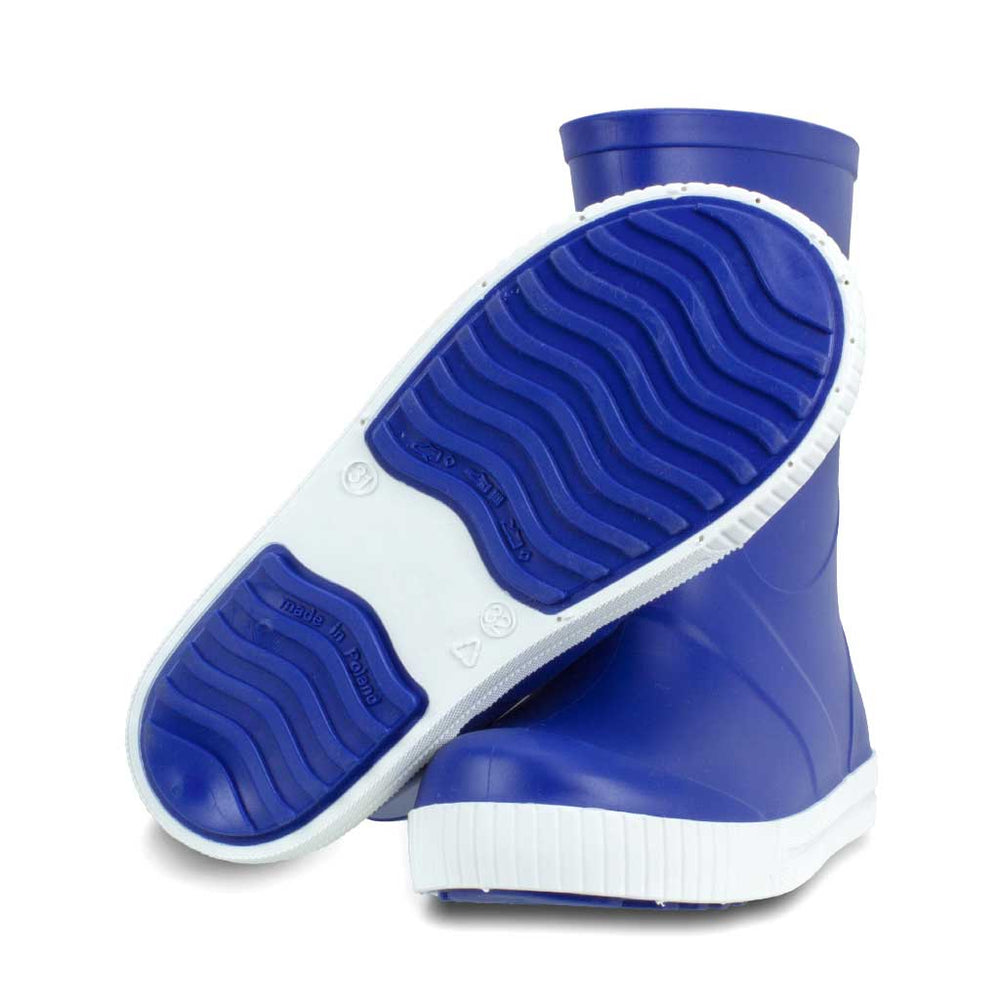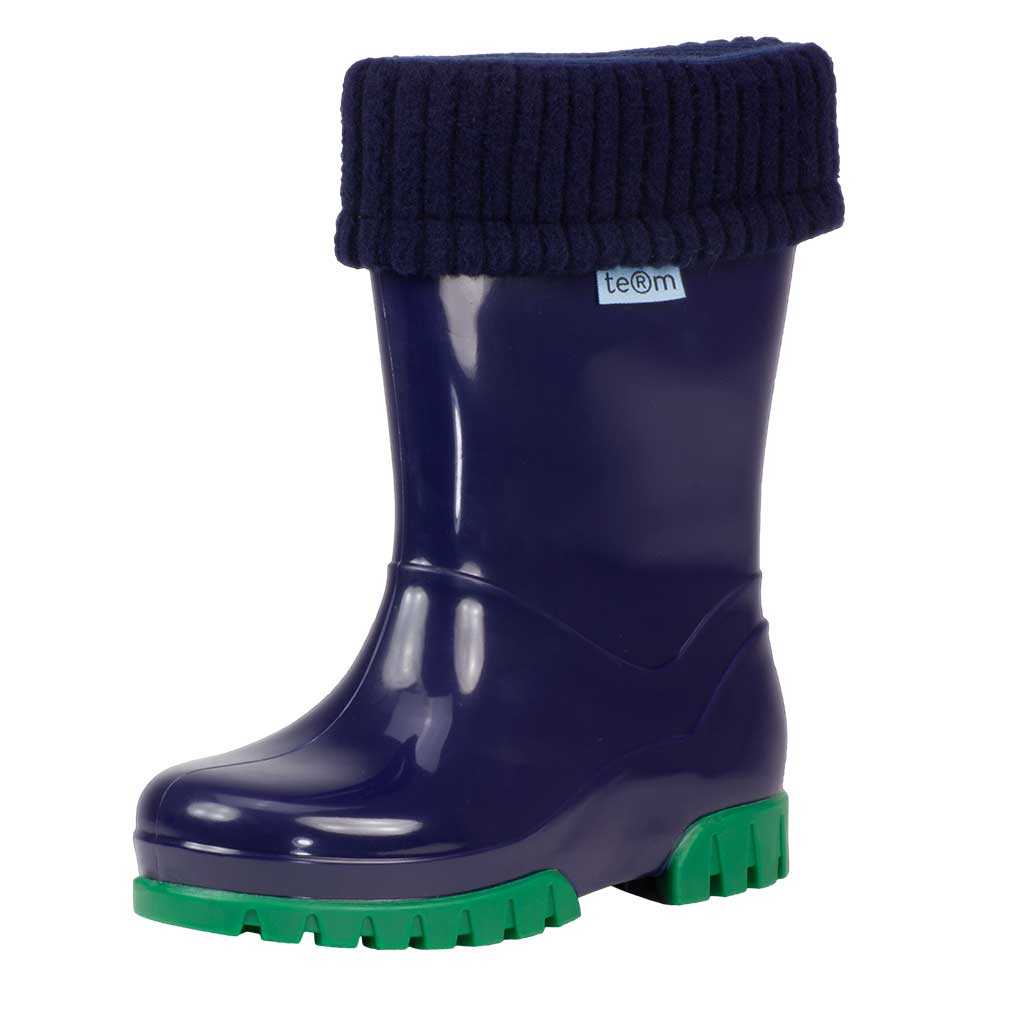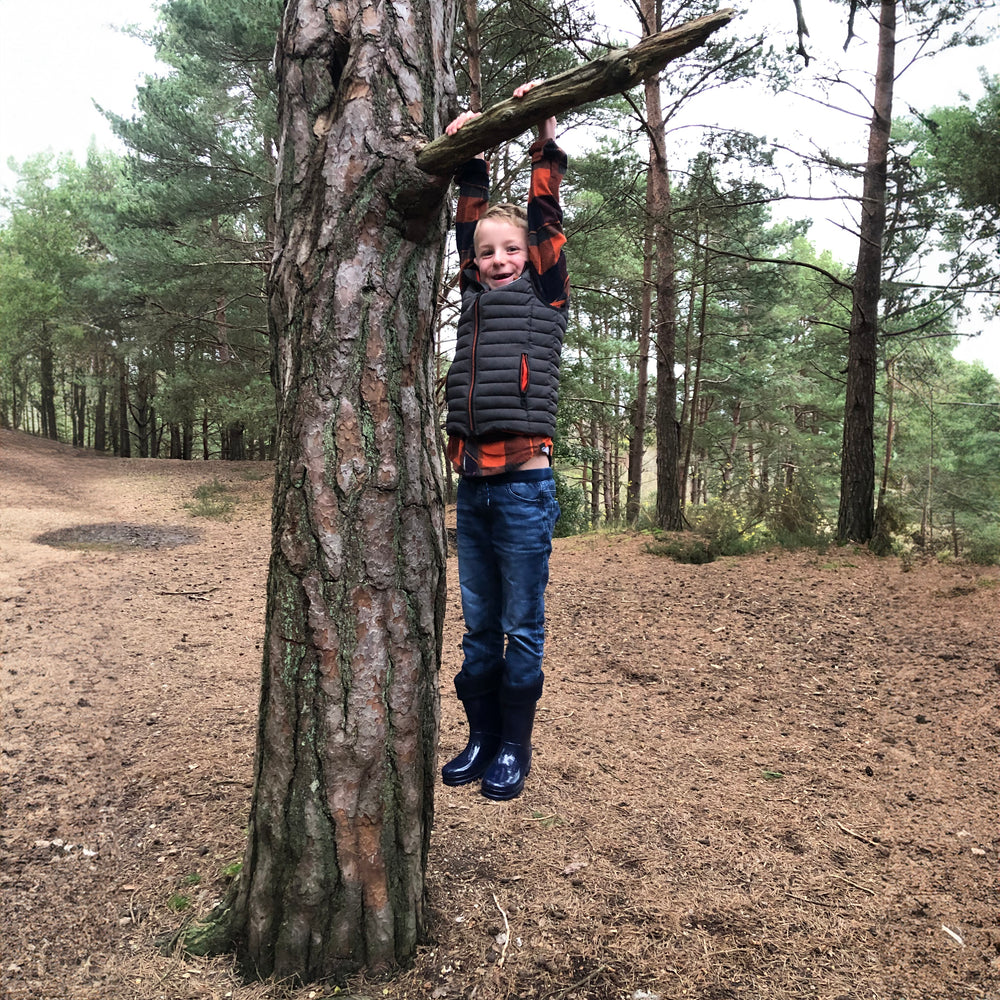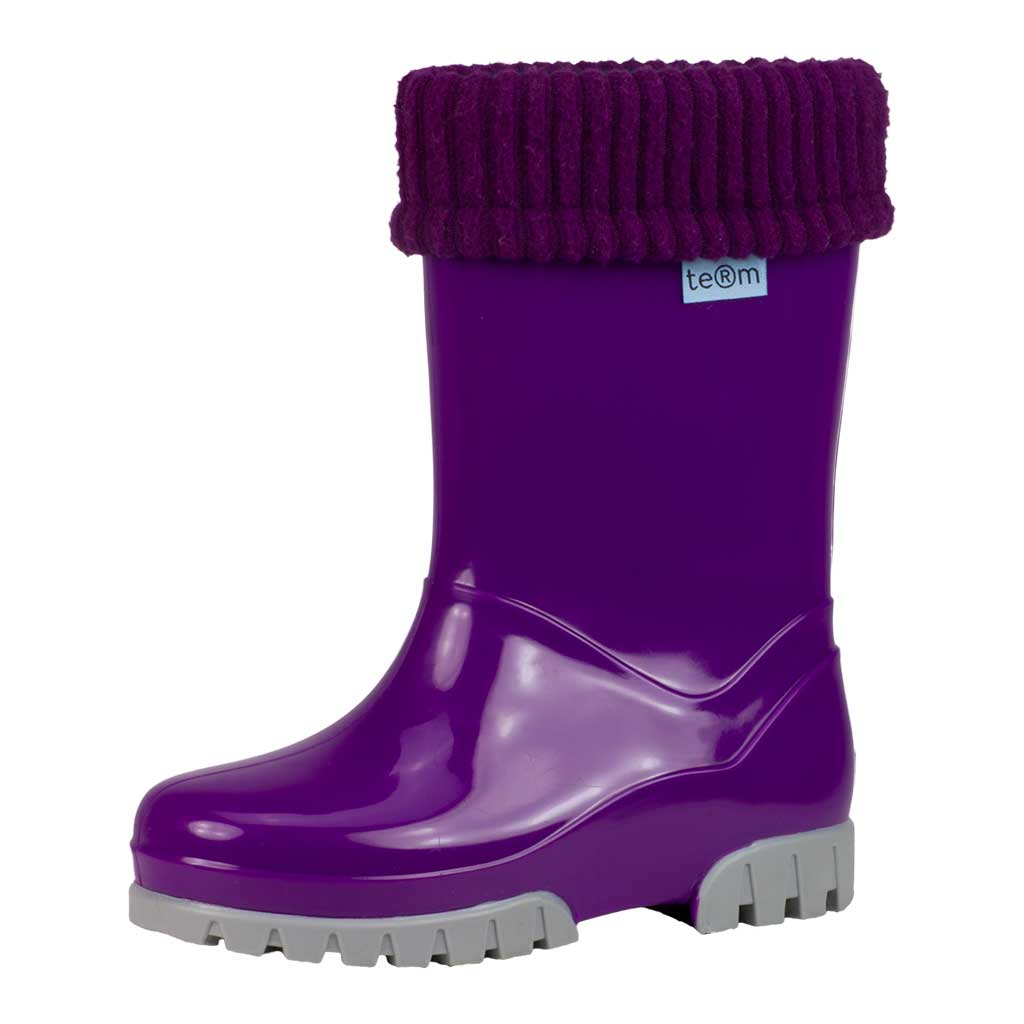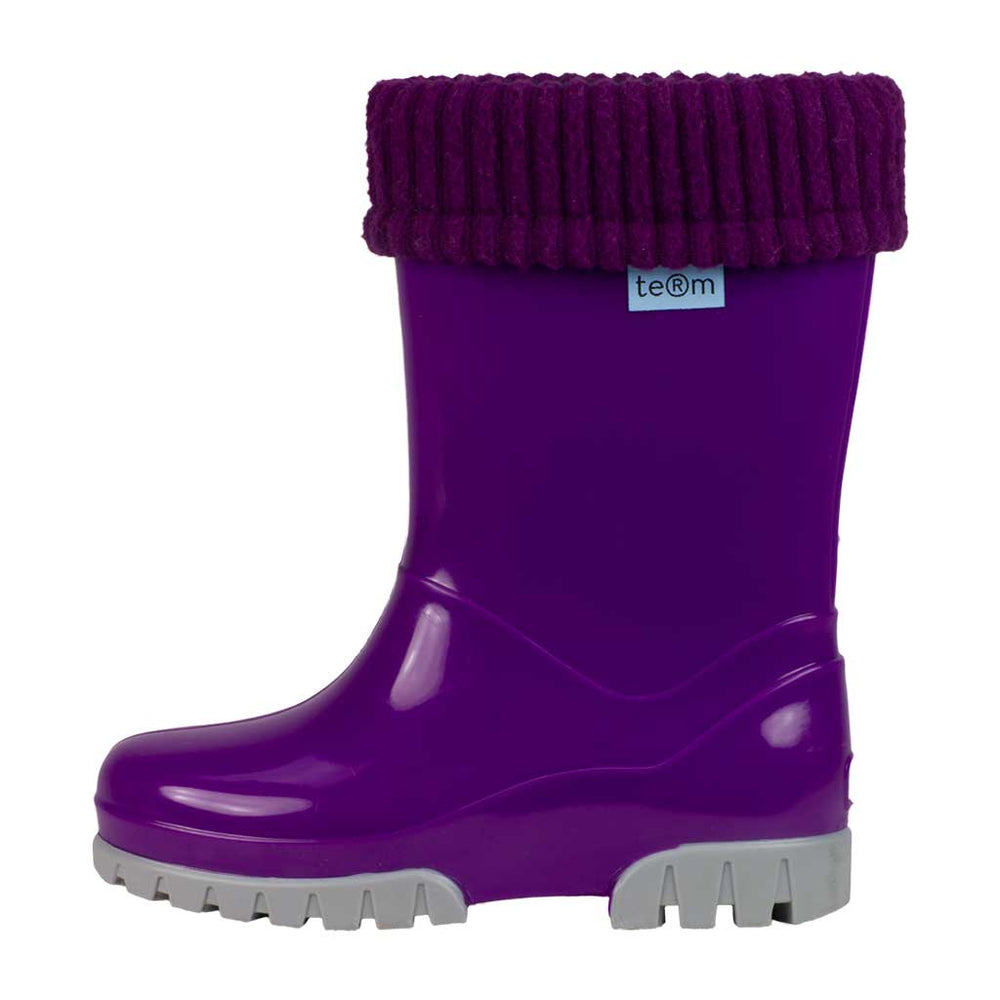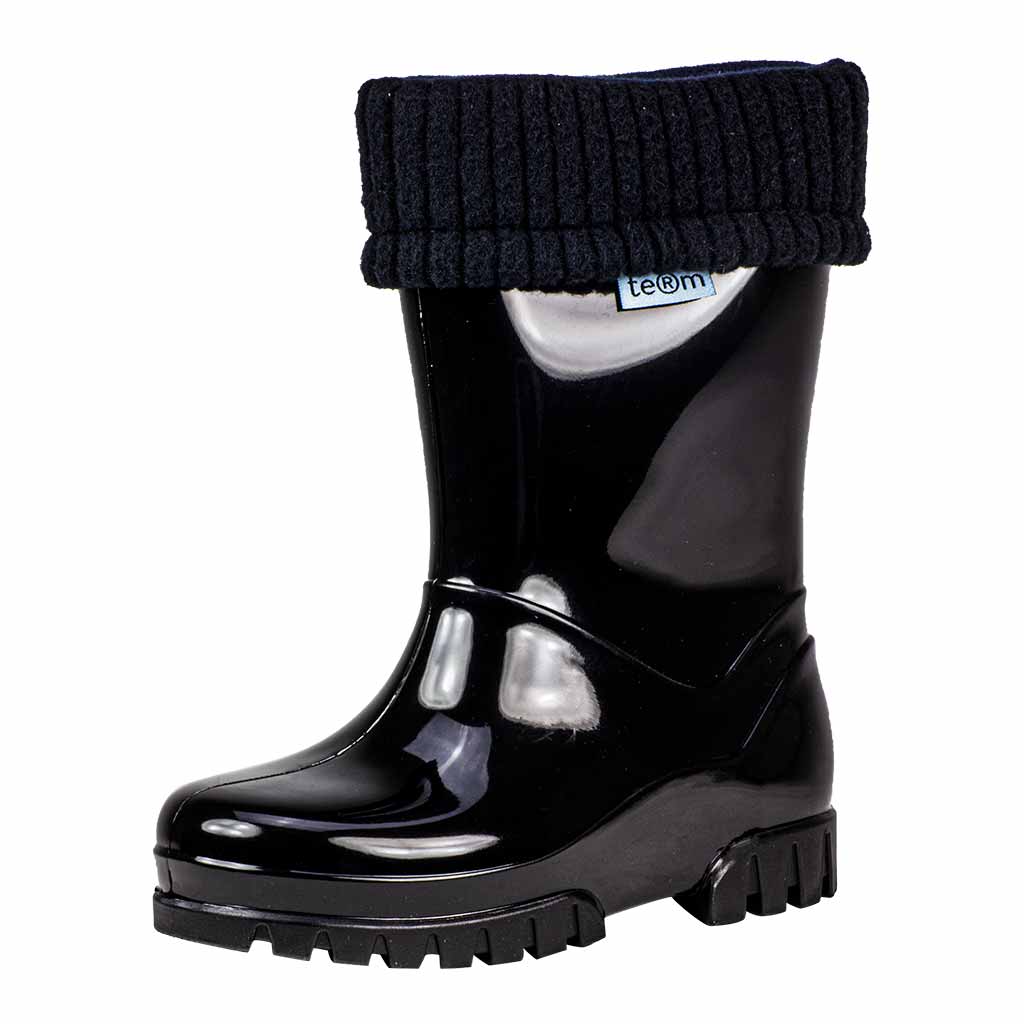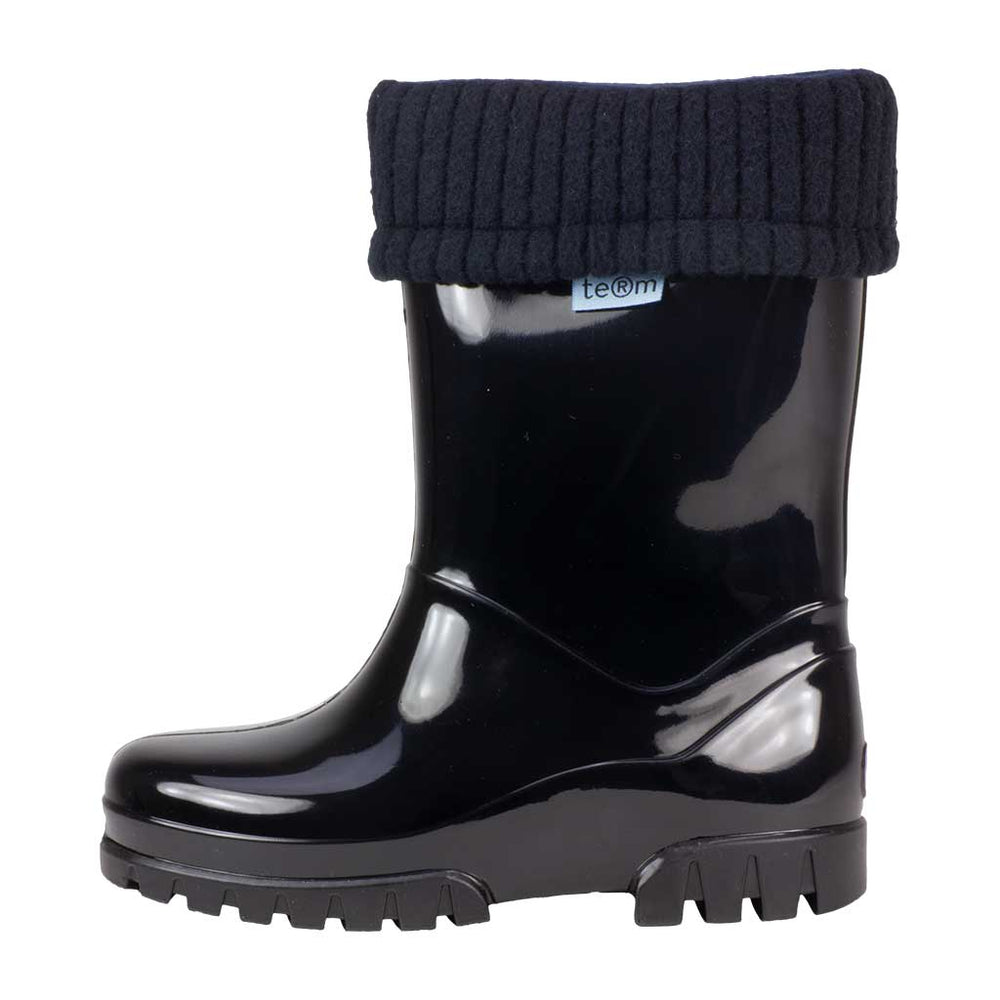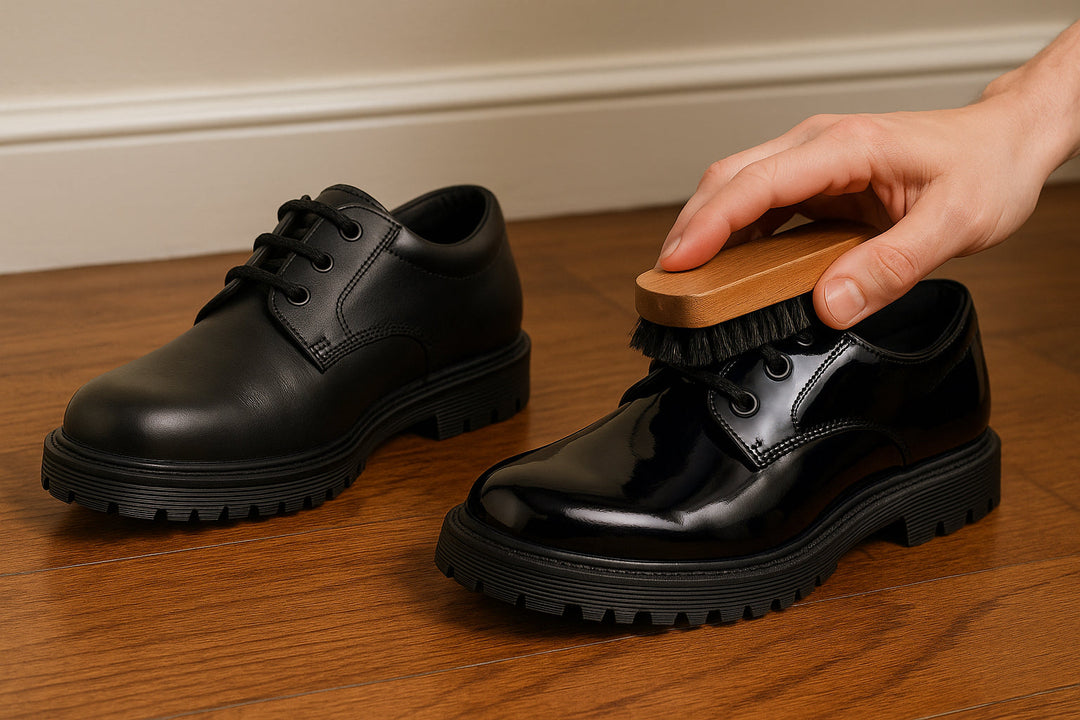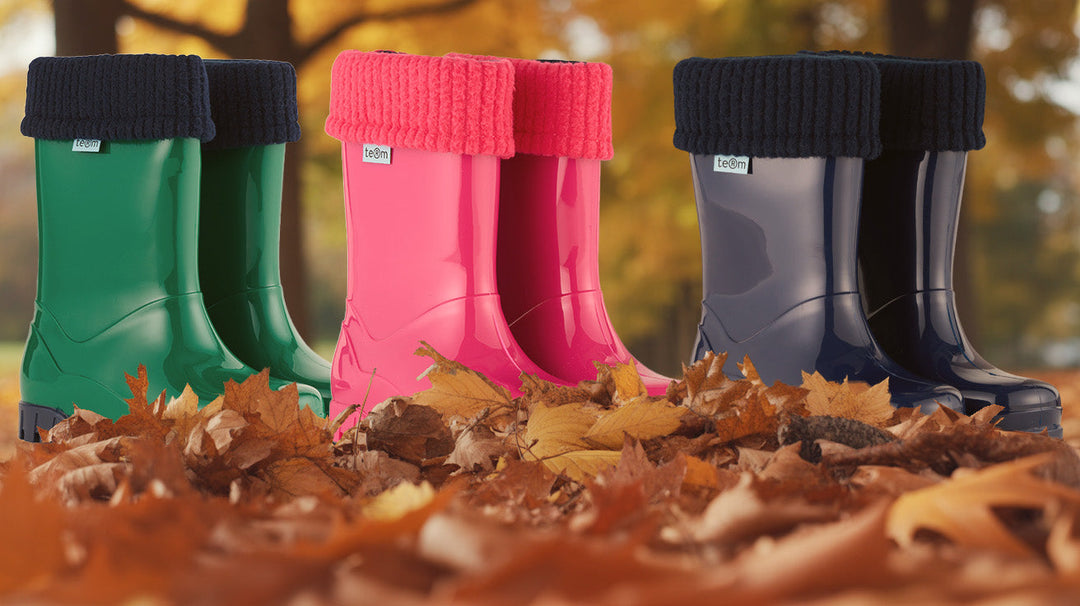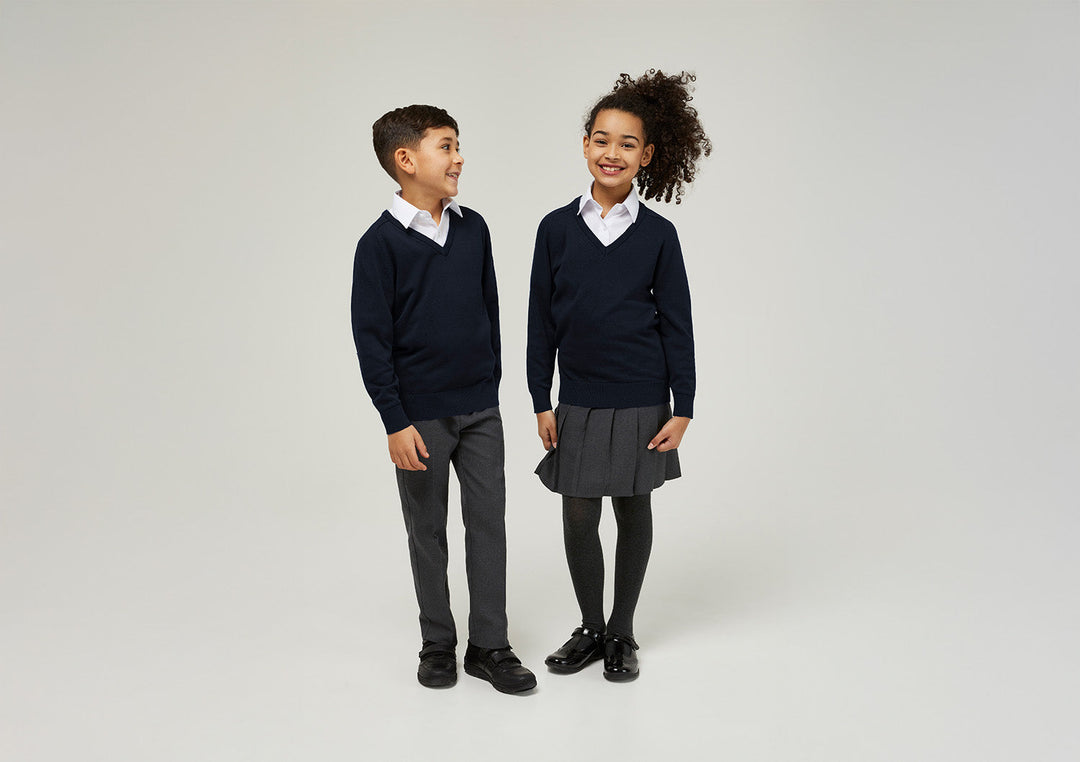Step back in time and discover the fascinating history of Wellington boots, the iconic footwear that has stood the test of time. From their humble origins to becoming a fashion statement, Wellington boots have a rich and diverse story to tell.
Origins of Wellington Boots
Originally created in the early 19th century by Arthur Wellesley, the first Duke of Wellington, these boots were specifically designed for practicality and durability. Made of leather and reaching below the knee, they were designed to protect soldiers' feet during battle. After the Duke's victory at the Battle of Waterloo in 1815, the boots gained immense popularity and were soon coined as "Wellington boots."
The design of the Wellington boots was inspired by Hessian boots, a popular style at the time. The Duke wanted a boot that would offer better protection and comfort for his troops, and thus the Wellington boots were born. Crafted with meticulous attention to detail, these boots quickly became a symbol of status and functionality.
As the Duke of Wellington was a prominent figure, his endorsement of the boots further catapulted them into the public eye. Soon, civilians started wearing the boots for outdoor activities, such as hunting and horse riding, due to their practicality and durability.
Evolution of Wellington Boots over Time
Over the years, Wellington boots evolved, transitioning from leather to rubber in the mid-19th century. This marked a significant turning point, as the waterproof rubber material made the boots ideal for outdoor activities and agricultural work. The invention of vulcanized rubber by Charles Goodyear in 1839 revolutionized the footwear industry, enabling the production of rubber Wellington boots on a larger scale.
With the introduction of rubber, Wellington boots became more accessible to the public. The material was not only durable and waterproof but also comfortable to wear. This made the boots a popular choice for farmers, laborers, and anyone working in wet and muddy conditions.
Additionally, the introduction of various colours and patterns expanded their appeal beyond their functional roots. From classic black to vibrant hues, Wellington boots became a way to express personal style while maintaining practicality. The availability of different sizes and calf widths further enhanced their versatility and made them a staple in many households.

Wellington Boots during World War I and II
During both World Wars, Wellington boots played a crucial role in protecting soldiers from the harsh conditions of the trenches. The boots were issued to soldiers as part of their uniform, providing much-needed waterproof protection. The trenches were often filled with water and mud, making the boots essential for keeping soldiers' feet dry and preventing trench foot, a serious condition caused by prolonged exposure to dampness.
The demand for Wellington boots during these times skyrocketed, leading to increased production and improvements in design. The boots became an integral part of military gear, emphasizing their durability and reliability. Soldiers relied on Wellington boots not only for protection but also for comfort and practicality in the challenging environments they faced.
Wellington Boots in Popular Culture
Wellington boots made their mark in popular culture, becoming an iconic symbol associated with certain activities and lifestyles. In the United Kingdom, Wellington boots are commonly referred to as "wellie boots" or "welly boots" and have become synonymous with wet weather and outdoor pursuits.
The association between Wellington boots and country life is deeply ingrained in British culture. The boots are often depicted in literature, films, and art as a representation of rural life, agriculture, and outdoor activities such as fishing, children splashing in puddles and gardening. They have come to symbolize resilience, practicality, and a love for the great outdoors.

Modern Uses and Variations of Wellington Boots
Today, Wellington boots have transcended their original purpose and are used in a wide range of activities. They are a staple for outdoor enthusiasts, hikers, and festival-goers, providing reliable waterproof protection. The welly boots are also commonly worn by professionals working in industries such as construction, landscaping, and agriculture.
In recent times, Wellington boots have not only become a trendy fashion choice for adults but have also captured the hearts of children. Kids welly boots have transformed into an essential part of many young wardrobes, offering a wide array of styles and designs that appeal to kids. Luxury fashion brands have welcomed Wellington boots into their lines, making them more stylish and sophisticated than ever before, and perfectly suitable for children who love to make a splash while wearing their fun and functional Wellington boots.
Wellington Boots in Fashion and Style
Wellington boots have made a distinctive fashion statement, transcending their practical roots. They have been embraced by fashion-forward individuals who appreciate their versatility and ability to make a statement. From classic black boots to vibrant patterns and bold colours, Wellington boots have become a canvas for self-expression.
In recent years, Wellington boots have been seen on runways, fashion magazines, and celebrity feet. They have been paired with dresses, skirts, and even tailored suits, adding an unexpected twist to traditional outfits. The juxtaposition of ruggedness and elegance has made Wellington boots a popular choice for those seeking to make a fashion statement.




